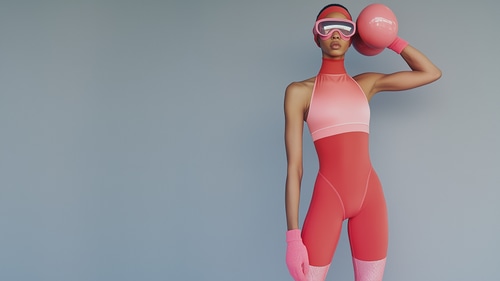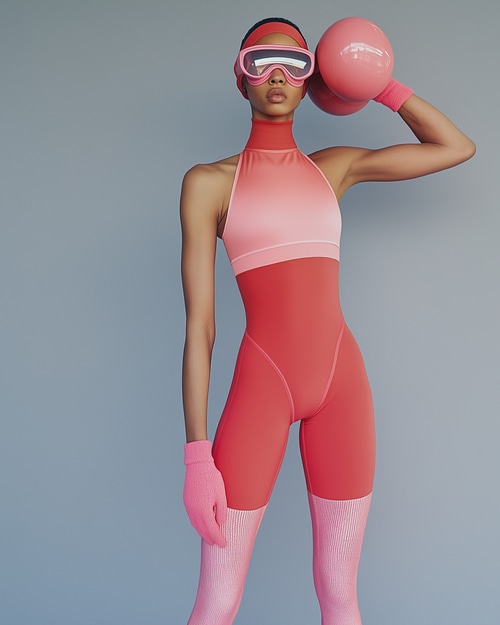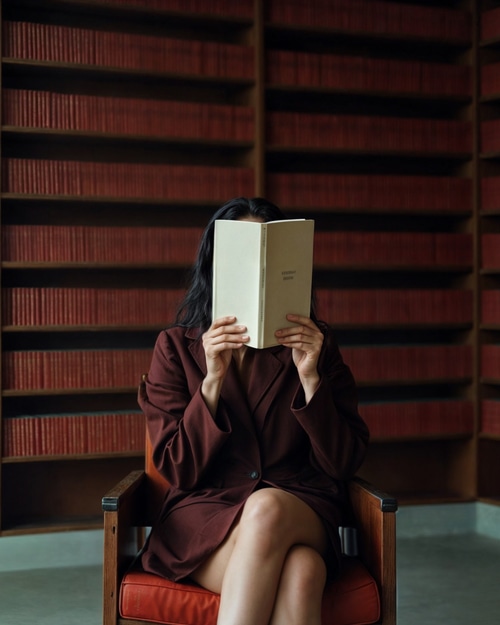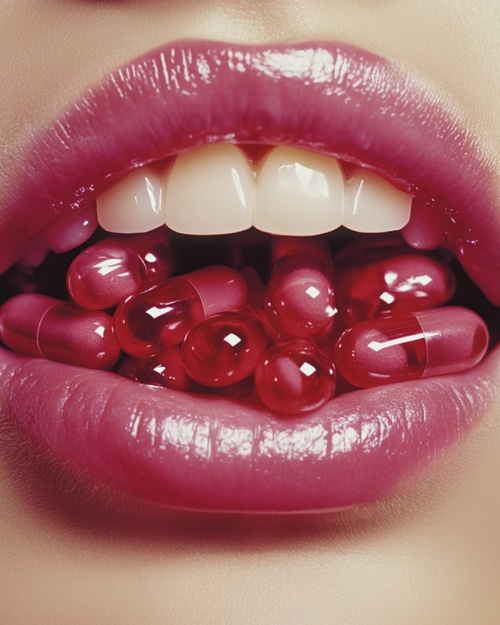

How can luxury stay Al Dente in 2025?
The luxury industry is currently evolving in challenging yet also quite magical ways – new luxury hotspots are emerging; classical values are meteoring into modern consciousness. Ephemeral trends are losing ground to dynamic, meaningful shifts.
Below we highlight several key opportunities we believe brands have in the year ahead …
Look beyond youth
Luxury will start to pay more attention to generations beyond Gen Z. Culture is moving in this direction (see: Demi Moore’s brilliant Best Actress speech at the Golden Globes), and brands are starting to take notice (like with AMI Paris’ recent campaign spotlighting Whoopi Goldberg).
Leverage AI as a cultural catalyst
This year brands will increasingly use AI as a way to creatively magnify their unique DNA and storytelling. Strong early examples can be seen with Brunello Cucinelli’s AI-leveraged website, turning the world of their brand philosophy into an interactive experience, and Burberry’s use of AI to bring to life gorgeous archival images.
Embrace brands as tastemakers and curators
From an awards perspective, the most successful film of the year has been Emilia Perez – a film produced by Saint Laurent. From films to gaming to literature and beyond, luxury will continue to expand into true storytelling powerhouses as a way to enhance their cultural auras.
Last year, we saw a backlash against luxury brands that skirt quality while raising prices. There’s a growing urgency to re-enchant the product— to create objects that truly captivate and inspire. In 2025, expect Mathieu Blazy to infuse his passion for craftsmanship in new ways at Chanel, and for customers to not just care about the fragrance brands they buy into, but the artists who craft the actual scents.
Embrace conscious hedonism
Ghia, the rising non-alcoholic apéritif brand, elicited some surprise when it posted that ‘cheeky cigarettes’ are ‘in’ this year on their Instagram. Yet this sort of attitude is undeniably gaining cultural traction – this year, people will be turning to new (even juxtapositional) modes of consumption as they embrace lifestyles that aren’t sober but rather


